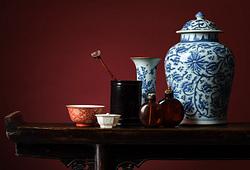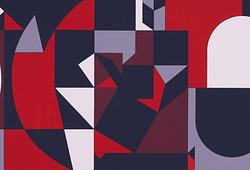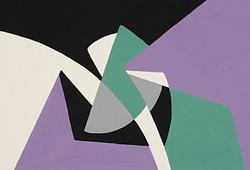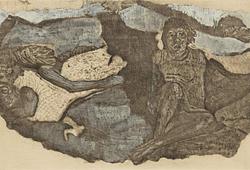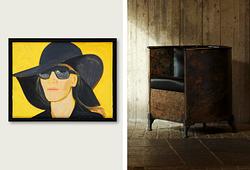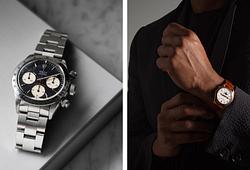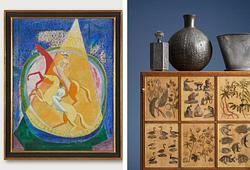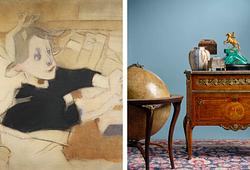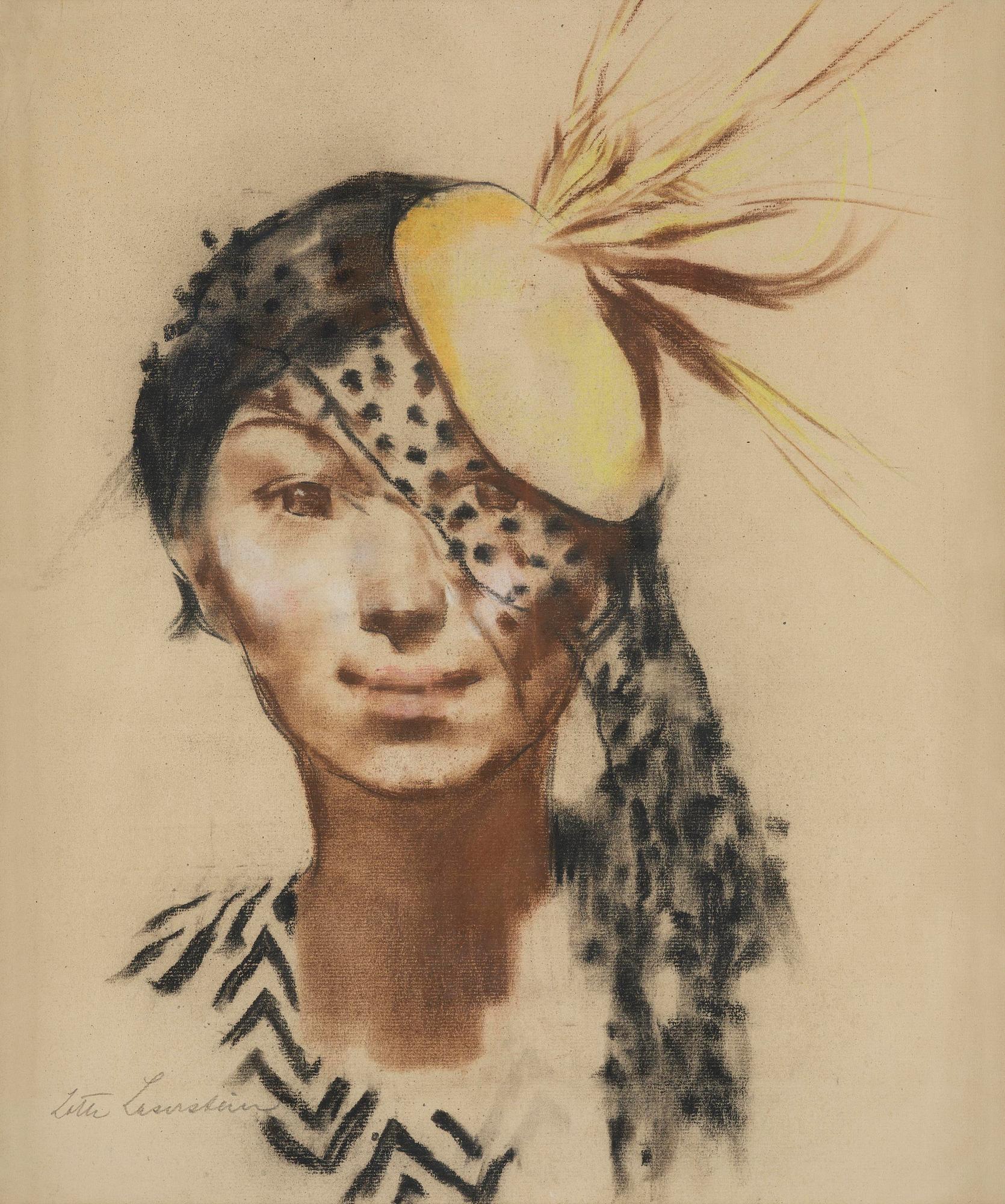Lotte Laserstein
"The Yellow Hat"
Signed Lotte Laserstein. Painted in Berlin around 1930. Colour chalk on paper 44 x 37 cm. We thank Anna-Carola Krausse for the information regarding the work.
Provenance
Agnew & Sons Ltd./Belgrave Gallery, London, 1987.
Exhibitions
Galerie Moderne, Stockholm, 1937 (information from the catalogue at Agnew/Belgrave, possibly included).
Agnew & Sons Ltd. /Belgrave Gallery, London, "Lotte Laserstein - Paintings and drawings from Germany and Sweden, 1920-1970", 1987, cat. no. 47.
More information
After studying at the progressive Akademie der Künste in Berlin - where Lotte Laserstein was one of the first female students admitted after the institution opened its doors to women - she developed, during the 1920s and 30s, a painting style that blended classical technique with a contemporary sensibility. In her portraits, Laserstein often depicted strong, independent, modern women who smoke, play sports, or sit confidently in reflective poses. Her way of highlighting the women of a new era stood in contrast to the common clichés and stereotypes of the time. However, Laserstein was not interested in idealization - she wanted to portray real people in real situations.
Artistically, Laserstein is often associated with the style known as Neue Sachlichkeit (New Objectivity), but her work carries a more empathetic and personal tone than that of many of her male contemporaries. The women in her paintings are not objects - they are subjects.
Her flight to Sweden during the Second World War marked a disruption in her career, and at times she struggled to establish herself as an artist. Her major breakthrough came much later, in 1987, with an exhibition at Agnew & Sons Ltd./Belgrave Gallery in London - a long-overdue recognition and the beginning of renewed interest in her work in Sweden and internationally. Moderna Museet presented the comprehensive retrospective Lotte Laserstein – A Divided Life in Malmö from May to October 2023, and in Stockholm from November 2023 to April 2024.
The auction’s lot The Yellow Hat, painted in Berlin around 1930, was acquired at this legendary exhibition and has remained in the same private collection ever since.





